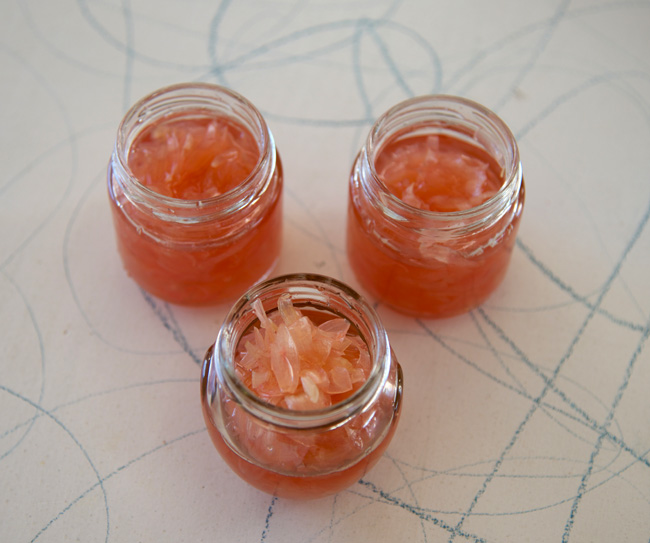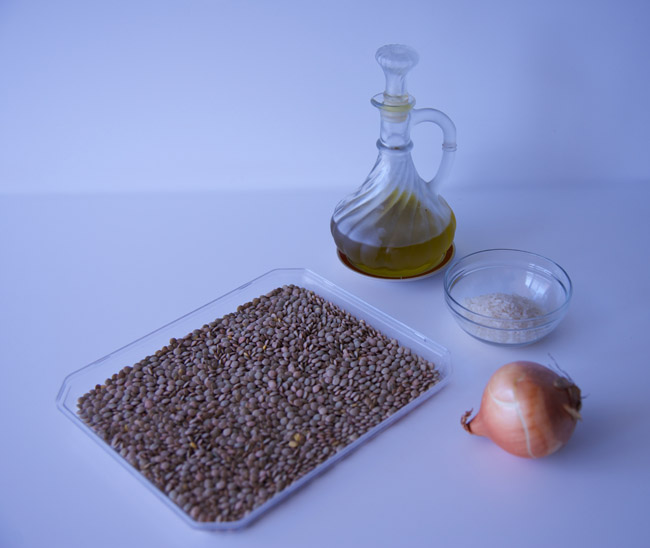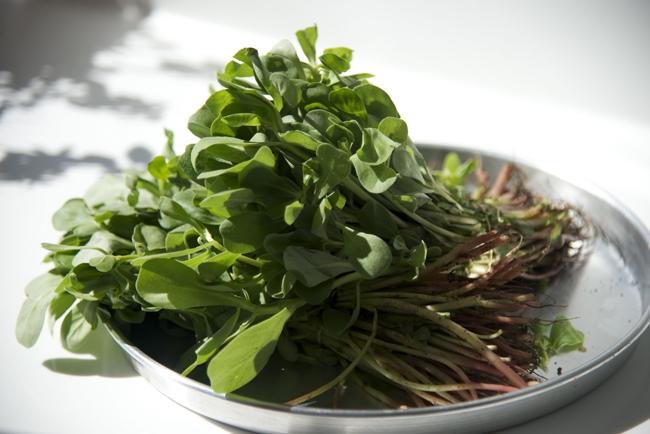16 May
 I am coming to the end of my Sicilian stay, and this year I managed to be there for orange blossom season even if I arrived at the tail end of the season. I had Amy come back to visit, and one of the first things we did was to go down to the citrus grove to pick enough blossom to make our jam. Most of the blossom had gone but there were still enough for us to pick to make our jam. And the fact that the blossom was nearing the end of its life made it easier to pick. All we had to do was to shake the branches for the petals to fall off the buds and into our basket. Well, not all the petals but at least half. Here below are pics of Amy reaching high up in the tree to get some really good blossom to add to those that fell off easily.
I am coming to the end of my Sicilian stay, and this year I managed to be there for orange blossom season even if I arrived at the tail end of the season. I had Amy come back to visit, and one of the first things we did was to go down to the citrus grove to pick enough blossom to make our jam. Most of the blossom had gone but there were still enough for us to pick to make our jam. And the fact that the blossom was nearing the end of its life made it easier to pick. All we had to do was to shake the branches for the petals to fall off the buds and into our basket. Well, not all the petals but at least half. Here below are pics of Amy reaching high up in the tree to get some really good blossom to add to those that fell off easily.
13 May
 I am just back from Beirut where I saw my beautiful mother and of course every time I visit her, I ask her to cook something delicious for me. This time I was modest in my request and asked for mujaddara, a simple lentils, onions and rice dish that is a staple of Lebanese Christians during Lent and once also a staple on spring cleaning days when the lady of the house put the lentils to cook while she and her maid/s beat the dust out of the carpets before putting them away, washed the floors and generally did a deep clean everywhere preparing the house for the summer months. I still remember the beating of the carpets although I don’t remember the mujaddara — mujaddara is the mushy version, almost like a dip while mudardarah is the dry version, a little like risotto although not at all wet — on those days! Anyhow, my mother now whizzes the lentils, rice and onions with a hand blender but in the old days she cooked them down to a mush over a low heat. And my mother being a totally wonderful woman, she obliged my whim and prepared mujaddara for me and as you see from the picture of the ingredients above it couldn’t be more frugal as a dish.
I am just back from Beirut where I saw my beautiful mother and of course every time I visit her, I ask her to cook something delicious for me. This time I was modest in my request and asked for mujaddara, a simple lentils, onions and rice dish that is a staple of Lebanese Christians during Lent and once also a staple on spring cleaning days when the lady of the house put the lentils to cook while she and her maid/s beat the dust out of the carpets before putting them away, washed the floors and generally did a deep clean everywhere preparing the house for the summer months. I still remember the beating of the carpets although I don’t remember the mujaddara — mujaddara is the mushy version, almost like a dip while mudardarah is the dry version, a little like risotto although not at all wet — on those days! Anyhow, my mother now whizzes the lentils, rice and onions with a hand blender but in the old days she cooked them down to a mush over a low heat. And my mother being a totally wonderful woman, she obliged my whim and prepared mujaddara for me and as you see from the picture of the ingredients above it couldn’t be more frugal as a dish.
16 Oct
 No visit to Lebanon, for me or for anyone elese for that matter, is complete without at least one manqousheh (or manousheh as they say it; most Lebanese people drop the q when they speak), the quintessential Lebanese breakfast. Most people will only eat manaqish (plural of manqousheh) made with their own za’tar and olive oil which they mix at home before taking it to their local baker for him to use with his dough (which by the way is the same as that for pita bread unless you are in the south but this is for another post) to make the manaqish, which are basically pizzas. The most common topping is za’tar but you can also have them topped with cheese or with cheese and za’tar or with kishk (a mixture of burghul and yoghurt that is first fermented then dried then ground very fine). The kishk is normally mixed with diced tomatoes, walnuts, sesame seeds and olive oil. These are the classic toppings but as with pizza you can use any topping you want.
No visit to Lebanon, for me or for anyone elese for that matter, is complete without at least one manqousheh (or manousheh as they say it; most Lebanese people drop the q when they speak), the quintessential Lebanese breakfast. Most people will only eat manaqish (plural of manqousheh) made with their own za’tar and olive oil which they mix at home before taking it to their local baker for him to use with his dough (which by the way is the same as that for pita bread unless you are in the south but this is for another post) to make the manaqish, which are basically pizzas. The most common topping is za’tar but you can also have them topped with cheese or with cheese and za’tar or with kishk (a mixture of burghul and yoghurt that is first fermented then dried then ground very fine). The kishk is normally mixed with diced tomatoes, walnuts, sesame seeds and olive oil. These are the classic toppings but as with pizza you can use any topping you want.
13 Oct
 Until I started researching Mediterranean Street Food, I only knew fatayer (Lebanese triangular savoury pastries) as dainty little triangles, made at home by my mother and grandmother who were uncanny in how perfectly they shaped them and how well they sealed them so that none of the juice from the filling trickled out to spoil the look of the golden triangles. I also ate fatayer in restaurants of course. They were a little less dainty and a little less sour and with more crust than filling. But somehow I had never had them from a bakery. Perhaps because my mother sent out toppings for manaqish to the bakery for the baker to make our manaqish but she always made the fatayer at home. Things change naturally and my mother is no longer so young and now has her fatayer made by Emile, our local baker whose dough is just amazing. Of course, his fatayer are not dainty — unless it is a special order bakers make large fatayer for people to have as a snack or as a quick lunch on the go — but they are just as good as my mother’s and when I saw the fresh baqleh (purslane) at the greengrocer, I bought some and asked my mother to make the filling to take to Emile for him to make the fatayer.
Until I started researching Mediterranean Street Food, I only knew fatayer (Lebanese triangular savoury pastries) as dainty little triangles, made at home by my mother and grandmother who were uncanny in how perfectly they shaped them and how well they sealed them so that none of the juice from the filling trickled out to spoil the look of the golden triangles. I also ate fatayer in restaurants of course. They were a little less dainty and a little less sour and with more crust than filling. But somehow I had never had them from a bakery. Perhaps because my mother sent out toppings for manaqish to the bakery for the baker to make our manaqish but she always made the fatayer at home. Things change naturally and my mother is no longer so young and now has her fatayer made by Emile, our local baker whose dough is just amazing. Of course, his fatayer are not dainty — unless it is a special order bakers make large fatayer for people to have as a snack or as a quick lunch on the go — but they are just as good as my mother’s and when I saw the fresh baqleh (purslane) at the greengrocer, I bought some and asked my mother to make the filling to take to Emile for him to make the fatayer.

